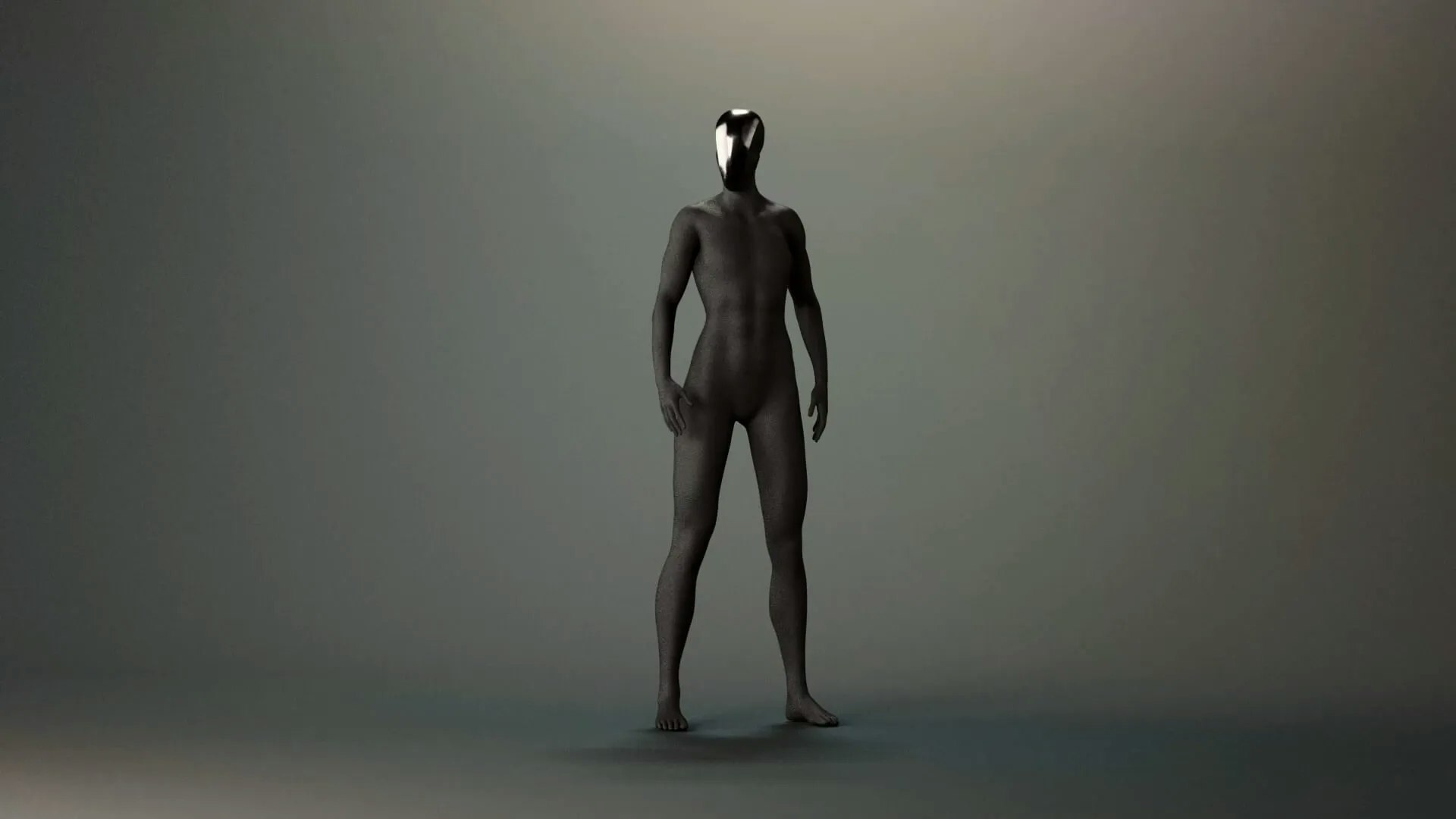Table of Contents
Overview
The future is here, and it’s surprisingly… muscular. Protoclone, developed by Clone Robotics, isn’t your average robot. It’s a human-like android designed for interactive use in both personal and commercial settings, blurring the lines between science fiction and reality. This innovative creation boasts an unprecedented level of anatomical accuracy and realistic movement, promising to revolutionize various fields. Let’s dive into the details of this fascinating technology.
Key Features
Protoclone stands out from the crowd with its impressive array of features, designed to mimic human anatomy and movement with remarkable fidelity:
- 200+ Degrees of Freedom: This allows for a wide range of complex and nuanced movements, far exceeding the capabilities of many other robots.
- 1,000+ Myofibers: These artificial muscles provide the power and control necessary for realistic and fluid motion.
- 500 Embedded Sensors: These sensors provide a wealth of data about the android’s internal state and its interaction with the environment, enabling responsive and adaptive behavior.
- Anatomically Accurate Structure: Protoclone is built with a focus on replicating the human skeletal and muscular systems, resulting in a highly realistic appearance and movement.
- Faceless Modular Design: This allows for customization and experimentation, making it a versatile platform for research and development.
- Realistic Human-Like Motion: Combining all of the above, Protoclone achieves a level of realism in its movements that is rarely seen in robotics.
How It Works
The magic behind Protoclone lies in its intricate network of synthetic myofibers. These artificial muscles contract and relax in response to signals from the onboard AI, mimicking the way human muscles work. Sensors are strategically placed throughout the body, providing feedback on touch, motion, and environmental stimuli. This feedback loop allows the AI to adjust the android’s movements in real-time, creating a responsive and interactive experience. In essence, Protoclone learns and adapts based on its interactions with the world.
Use Cases
The potential applications for Protoclone are vast and varied, spanning across multiple industries:
- Physical Human Interaction Training: Its realistic movements make it ideal for training in fields requiring close physical interaction, such as healthcare or customer service.
- Robotics R&D: Researchers can use Protoclone as a platform for developing and testing new robotic control algorithms and hardware.
- AI Embodiment Testing: Protoclone provides a physical body for AI, allowing researchers to study how AI can interact with and learn from the real world.
- High-Fidelity Animation and Simulation: The android’s realistic movements can be used to create highly realistic animations and simulations for entertainment or training purposes.
- Companion Robots: While still in development, Protoclone could potentially be used as a companion robot, providing companionship and assistance to individuals in need.
Pros & Cons
Like any cutting-edge technology, Protoclone has its strengths and weaknesses. Let’s take a look at the advantages and disadvantages:
Advantages
- Realistic Movement: Protoclone’s ability to mimic human movement is unparalleled, making it ideal for applications requiring realistic interaction.
- High Anatomical Precision: The android’s anatomically accurate structure allows for a deeper understanding of human biomechanics.
- Advanced Sensor Array: The extensive sensor network provides a wealth of data for research and development.
Disadvantages
- Experimental Technology: As a relatively new technology, Protoclone is still in the experimental phase, and its long-term reliability is unknown.
- High Cost and Complexity: The advanced technology and intricate design make Protoclone a costly and complex system to maintain.
How Does It Compare?
When considering human-like robots, it’s important to compare Protoclone to its competitors. Boston Dynamics focuses primarily on mobility and agility, often sacrificing human-like aesthetics. Hanson Robotics, known for their Sophia robot, prioritizes human facial features and expressions but offers fewer anatomical controls and less realistic movement. Clone Robotics, with Protoclone, strikes a balance by emphasizing muscle fidelity and internal mechanics, resulting in a more realistic and versatile android.
Final Thoughts
Protoclone represents a significant step forward in the field of robotics. While still in its early stages of development, its potential applications are vast and transformative. As the technology matures and becomes more accessible, we can expect to see Protoclone playing an increasingly important role in various industries, paving the way for a future where humans and robots work together seamlessly.
